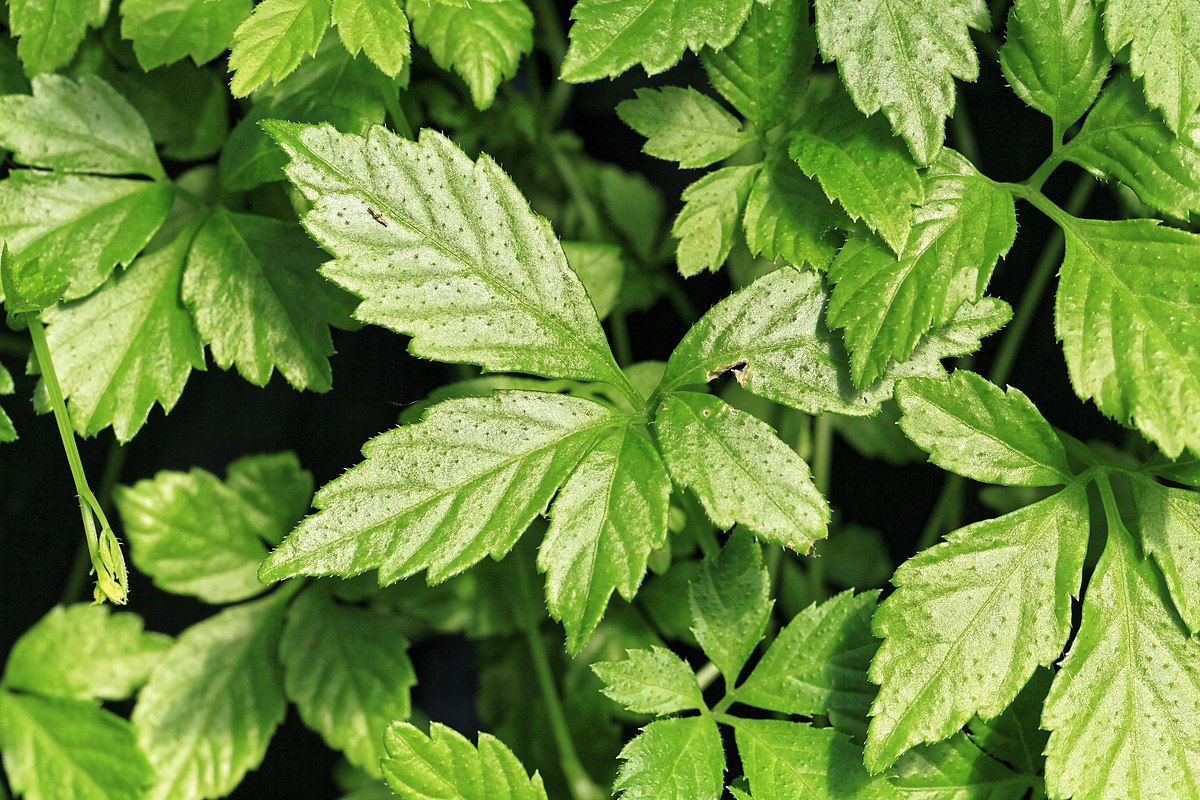Abstract
Ethnopharmacological relevance: G. pentaphyllum, also known as Jiao-Gu-Lan, has been used
traditionally as folk remedies for many diseases, including diabetes mellitus, metabolic
syndrome, aging, and neurodegenerative diseases in China and some countries in East and
Southeast Asia. It is considered as an "immortality herb" in Guizhou Province, because it was
consumed regularly by the elderly native inhabitants. Other species of the same genus
Gynostemma such as G. longipes and G. laxum have been used as alternatives to G.
pentaphyllum in ethno-medicine in Vietnam and other Asian countries.
Aim of the review: The review aims to summarize up-to-date study results on Gynostemma
species, including traditional usage, phytochemical profile, pharmacological activities, and
toxicological studies, in order to suggest future research orientation and therapeutic applications
on acute and chronic diseases.
Materials and methods: The relevant literature on the genus Gynostemma was gathered from
secondary databases (Web of Science and PubMed), books, and official websites. The latest
literature cited in this review was published in February 2020.
Results: The genus Gynostemma has been widely used in traditional medicine, mainly for
treatment of diabetes, hypertension, obesity, and hepatosteatosis. To date, 328 dammarane-type
saponins were isolated and structurally elucidated from Gynostemma species. Crude extracts,
saponin-rich fractions (gypenosides), and pure compounds were reported to show a wide range
of pharmacological activities in both in vitro and in vivo experiments. The most notable
pharmacological effects were anti-cancer, cardioprotective, hepatoprotective, neuroprotective,
anti-diabetic, anti-obesity, and anti-inflammatory activities. Toxicological studies were
conducted only on G. pentaphyllum, showing that the plant extracts were relatively safe in both
acute and long-term toxicity experiments at the given dosage while no toxicological studies were
reported for the other species.
Conclusions: The review summarizes current studies on traditional uses, phytochemistry,
biological properties, and toxicology of medicinal Gynostemma species. Till now, the majority of
publications still focused only on G. pentaphyllum. However, the promising preliminary data of
other Gynostemma species indicated the research potential of this genus, both in phytochemical
and pharmacological aspects. Furthermore, clinical data are required to evaluate the efficacy and
undesired effects of crude extracts, standard saponin fractions, and pure compounds prepared
from Gynostemma medicinal plants.

 en.wikipedia.org
en.wikipedia.org


